Explore the surprising nutritional benefits of these 18 vegetables, each packed with unexpected health-promoting properties.
Kale
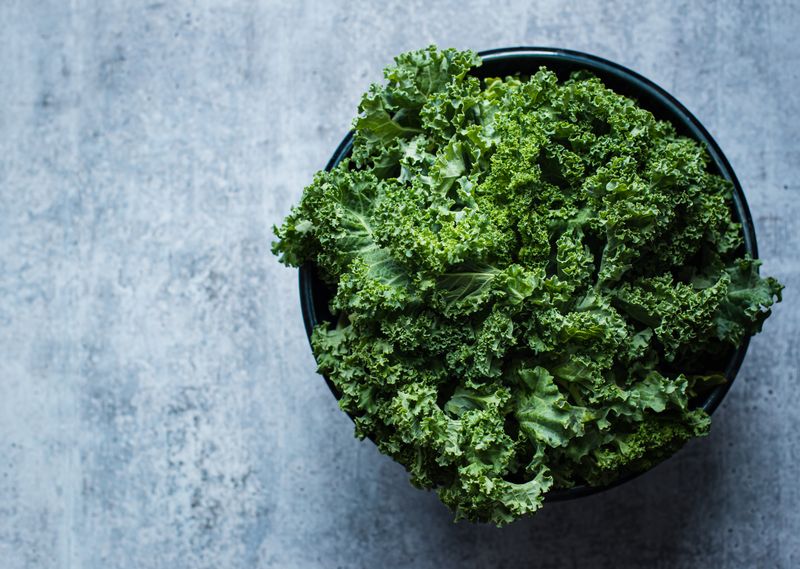
Kale, often hailed as a superfood, is packed with nutrients. Its rich green leaves are an excellent source of vitamins A, C, and K. Adding kale to your diet supports bone health and boosts the immune system.
Interestingly, kale contains compounds that may reduce inflammation and lower the risk of chronic diseases. It’s also a good source of fiber, aiding digestion and promoting a healthy gut.
Whether eaten raw in salads or cooked as a side dish, kale’s versatility makes it a must-have in your kitchen.
Swiss Chard
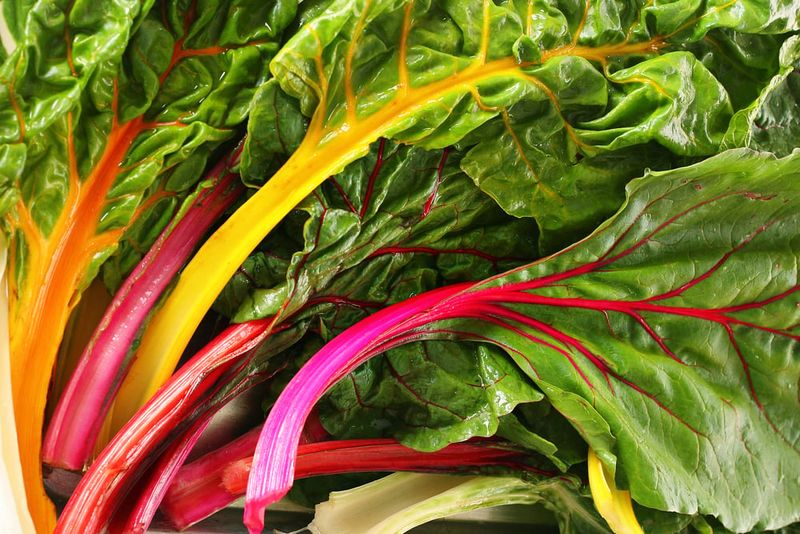
Swiss chard is a vibrant vegetable with stems that come in a rainbow of colors. This leafy green is rich in vitamins K, A, and C, essential for maintaining healthy skin and vision.
The unique taste of Swiss chard enhances any meal, while its nutrients support heart health and help regulate blood sugar levels. It’s low in calories but high in antioxidants, making it an excellent choice for a balanced diet.
Add Swiss chard to soups, stews, or stir-fries for a nutritious boost.
Collard Greens
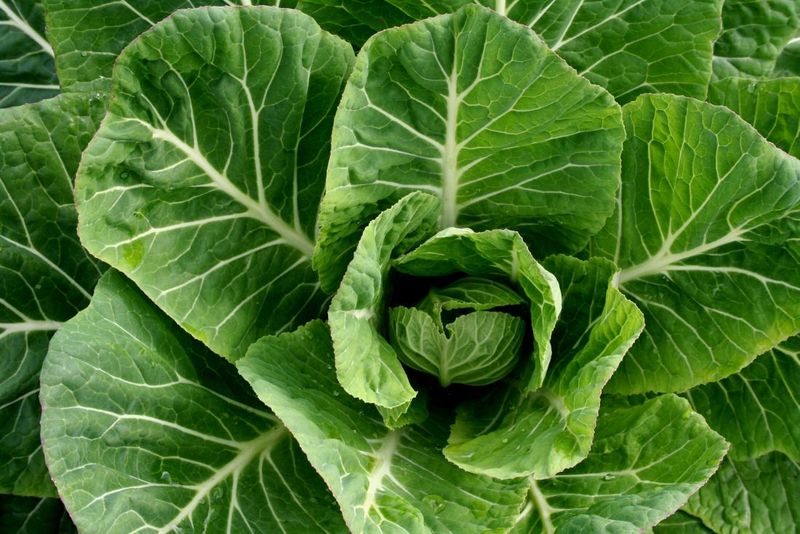
Collard greens, a staple in Southern cuisine, are not only delicious but also packed with nutrients. Rich in vitamin K, they promote bone health and blood clotting.
These greens also contain vitamin C and fiber, supporting the immune system and digestive health. Collard greens have compounds that may help reduce cholesterol levels, making them heart-healthy.
Whether sautéed, steamed, or added to soups, collard greens bring a hearty, nutritious element to your meals.
Beet Greens
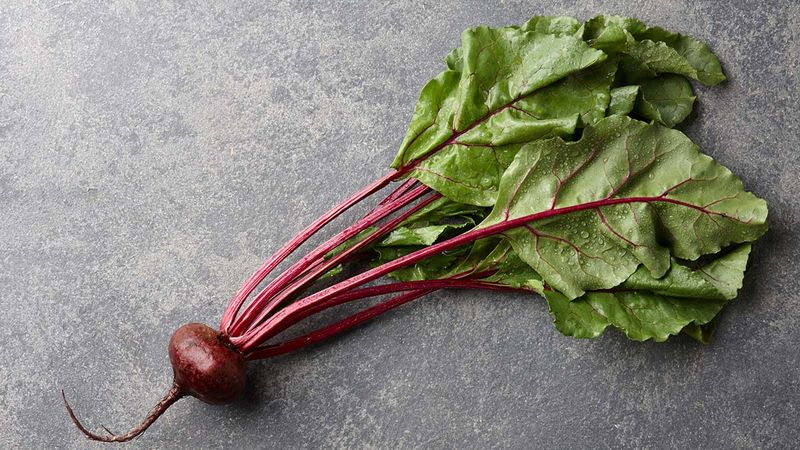
Beet greens, often overlooked, are a nutritional powerhouse. Rich in vitamins A and K, they support eye health and bone density.
These greens are also high in iron, making them excellent for preventing anemia. Including beet greens in your diet can enhance detoxification processes in the liver.
Enjoy them sautéed with garlic or added to smoothies for a nutritional punch. Their earthy flavor and nutrient richness make them a great addition to any meal.
Turnip Greens
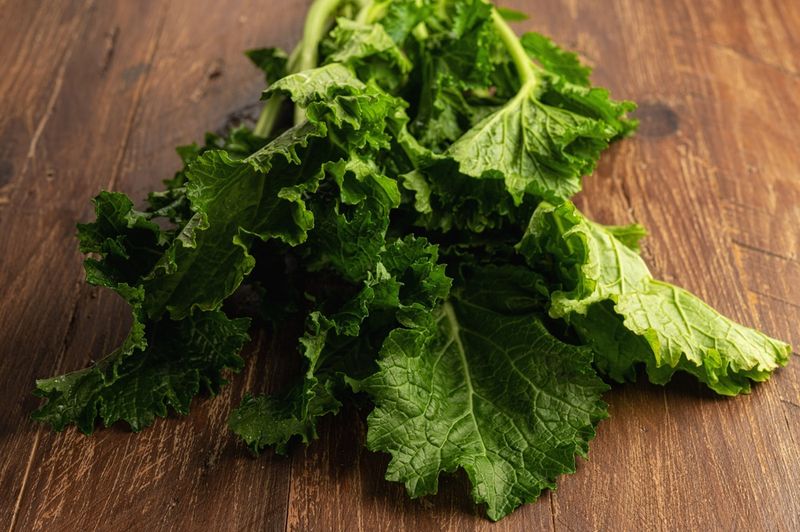
Turnip greens, with their slightly peppery taste, are full of surprises. Packed with vitamins K and C, they contribute to bone health and boost the immune system.
These greens contain antioxidants that fight free radicals, reducing the risk of chronic diseases. They’re also a good source of calcium, supporting bone strength.
Turnip greens can be enjoyed in salads or cooked as a side dish, offering versatility and nutrition. Their unique flavor and health benefits make them a smart choice for any diet.
Arugula
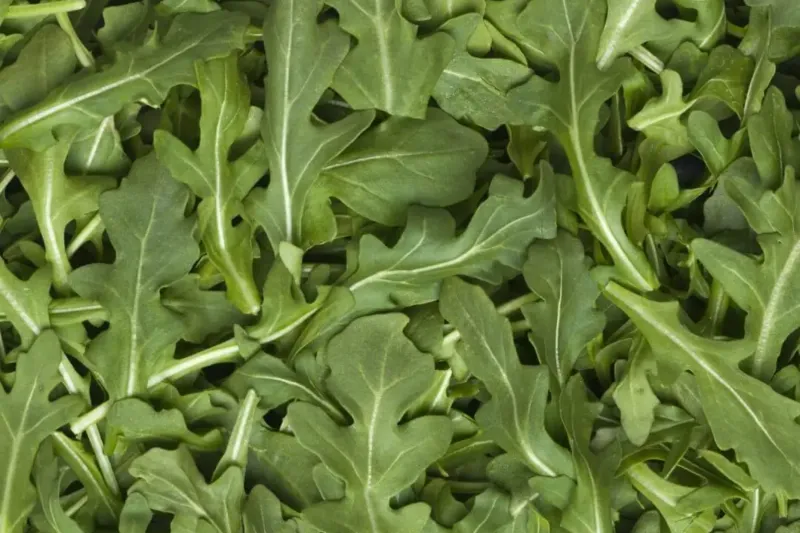
Arugula, known for its peppery taste, is a leafy green that’s often added to salads. It’s rich in vitamins K and A, supporting bone and eye health.
This vegetable contains antioxidants that protect against cellular damage and inflammation. Arugula’s high nitrate content may improve blood flow and lower blood pressure.
Its unique flavor pairs well with a variety of dishes, making it a versatile addition to any meal. Whether fresh or cooked, arugula adds a nutritious boost to your diet.
Dandelion Greens
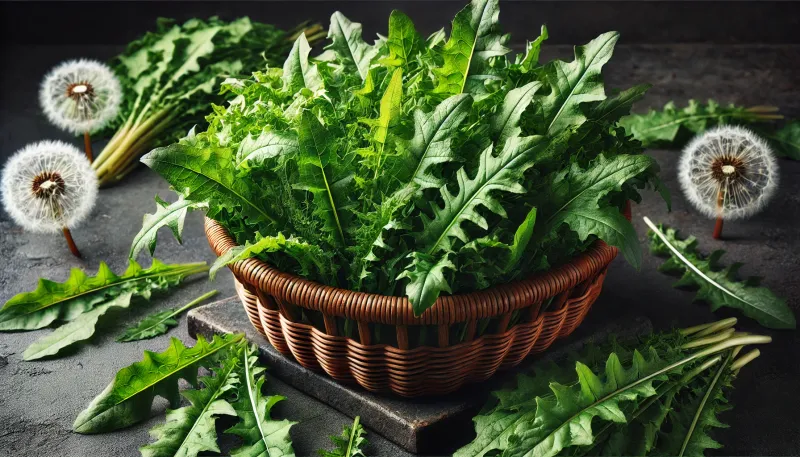
Dandelion greens are more than just weeds; they’re a nutritional gem. High in vitamins A and K, they are crucial for maintaining healthy skin and bones.
These greens also contain antioxidants and iron, supporting liver function and preventing anemia. Their slightly bitter flavor can enhance salads or be balanced with sweeter ingredients.
Dandelion greens are versatile and can be sautéed or blended into smoothies. Their health benefits and distinctive taste make them worth considering in your diet.
Napa Cabbage
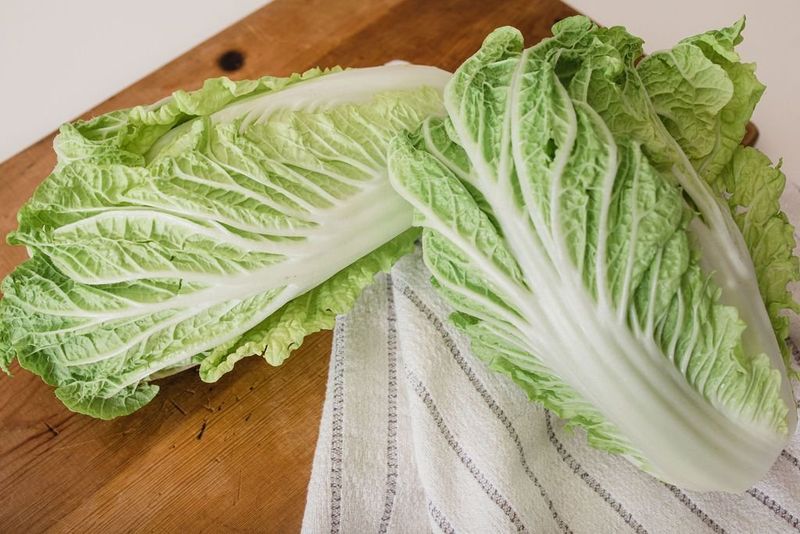
Napa cabbage is a mild-flavored vegetable that’s often used in Asian cuisine. It’s a great source of vitamin C, supporting immune health and skin vitality.
This cabbage variety is low in calories but rich in fiber, promoting digestive health. It also contains folate, an essential nutrient for pregnant women.
Napa cabbage’s delicate texture makes it ideal for salads, soups, and stir-fries, offering both taste and nutrition. Its versatility and health benefits make it a valuable addition to any meal plan.
Radicchio
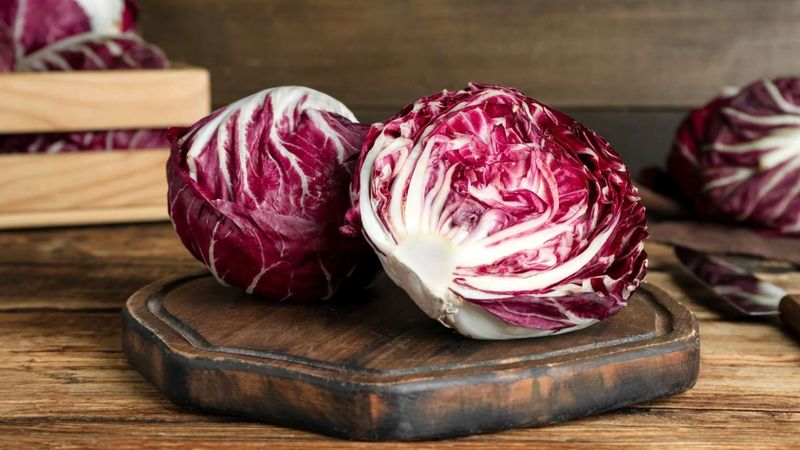
Radicchio, with its striking red leaves, is a vibrant addition to any dish. Known for its slightly bitter flavor, it’s rich in vitamin K and antioxidants.
This leafy vegetable supports heart health and may aid in reducing inflammation. It’s also a good source of fiber, promoting digestive health.
Radicchio adds color and zest to salads and can be grilled or roasted for a unique taste. Its nutritional profile and bold flavor make it an intriguing choice for culinary exploration.
Watercress
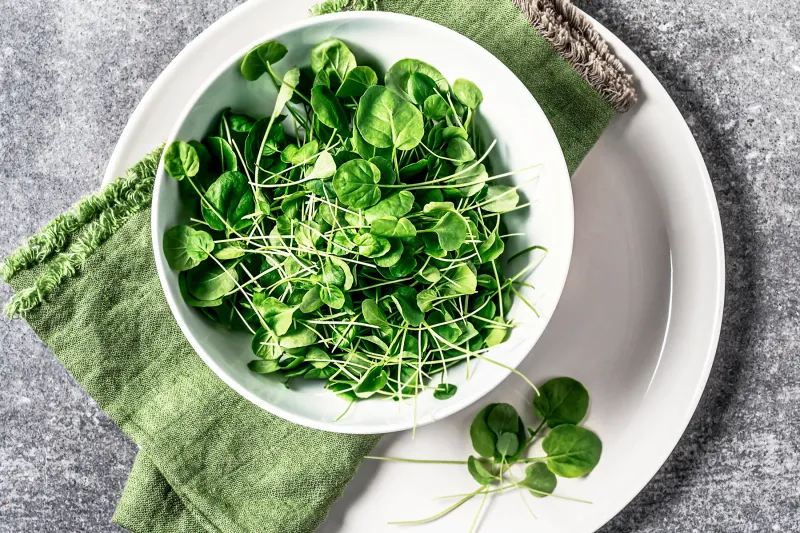
Watercress might seem humble, but it’s packed with nutrients. Rich in vitamins A and C, it supports immune function and skin health.
This leafy green contains calcium and iron, essential for bone strength and preventing anemia. Watercress is also known for its peppery flavor, adding a unique twist to dishes.
It’s perfect in salads, sandwiches, or as a garnish. The combination of taste and nutrition in watercress makes it a delightful addition to your diet.
Bok Choy
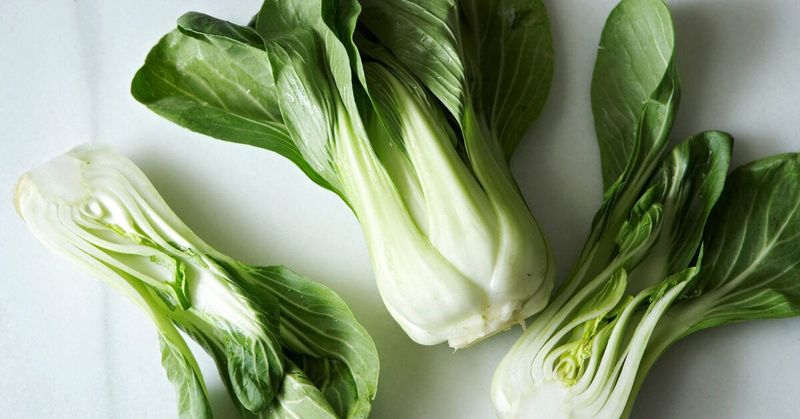
Bok choy is a staple in Asian cooking, known for its crunchy texture and mild, sweet flavor. It’s rich in vitamins A and C, promoting eye health and a strong immune system.
This vegetable is also a source of calcium and magnesium, supporting bone health. Its antioxidants may help reduce inflammation and lower the risk of chronic diseases.
Bok choy’s versatility makes it an excellent addition to stir-fries, soups, and salads. Its health benefits and distinct flavor make it a must-have in your kitchen.
Mustard Greens
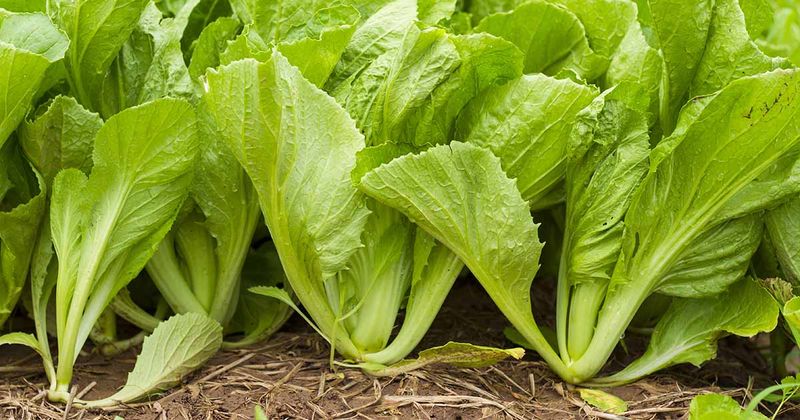
Mustard greens, known for their spicy kick, are rich in vitamins A, C, and K, essential for eye health, immune support, and bone density.
These greens contain glucosinolates, compounds that may have cancer-protective properties. They’re also high in fiber, promoting a healthy digestive system.
Enjoy mustard greens raw in salads or cooked to mellow their flavor. Their unique taste and nutritional value make them a standout choice for health-conscious eaters.
Celery
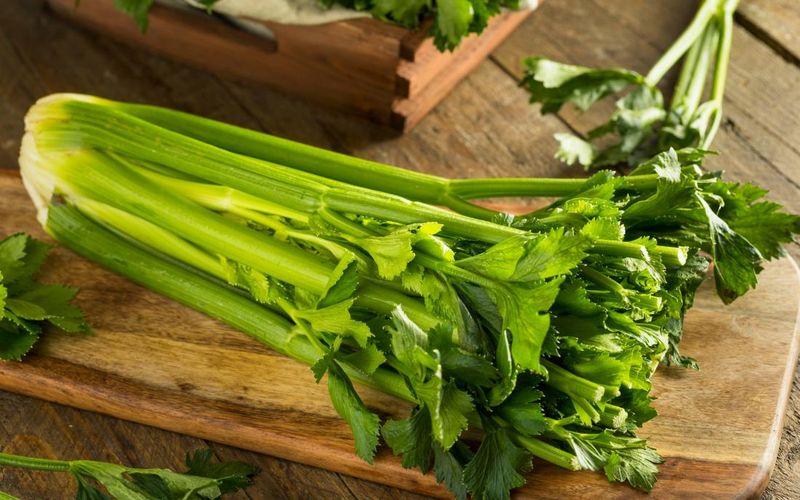
Celery is often underestimated, yet it’s a nutritional powerhouse. Low in calories, it is high in vitamin K and potassium, supporting bone and heart health.
Celery also contains antioxidants that may reduce inflammation and promote digestive health. Its high water content helps with hydration and satiety.
Whether enjoyed as a snack or added to soups and salads, celery’s crunch and nutritional benefits shouldn’t be overlooked. Its versatility and health-promoting properties make it an essential part of a balanced diet.
Seaweed
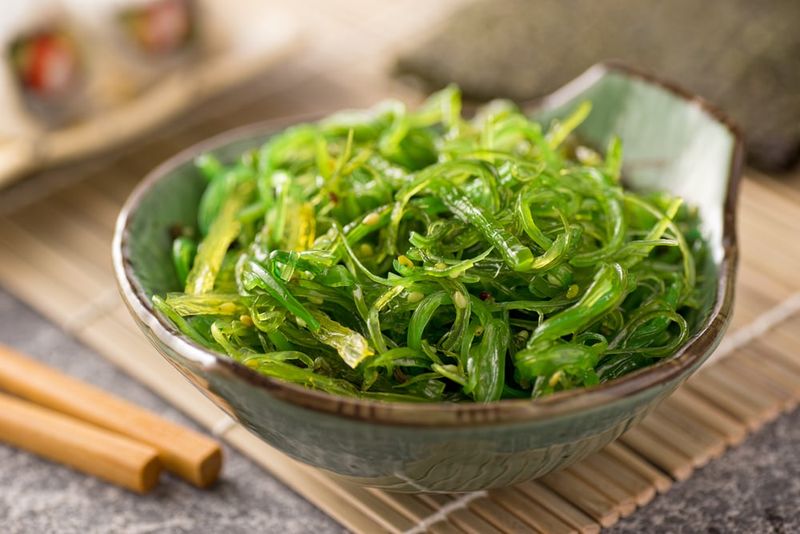
Seaweed, often associated with Asian cuisine, is incredibly nutrient-dense. It’s rich in iodine, vital for thyroid function, and contains omega-3 fatty acids, supporting heart health.
Seaweed also offers a good amount of vitamins A, C, and E, promoting healthy skin and immune function. This marine vegetable is low in calories but high in flavor, adding an umami punch to dishes.
Incorporate seaweed into salads, soups, or snacks for both taste and nutrition. Its unique qualities make it a distinctive choice for adventurous eaters.
Fennel
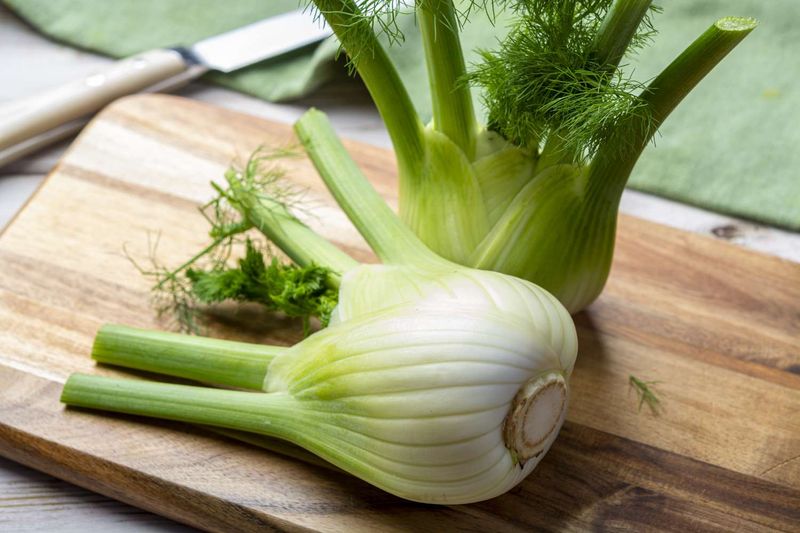
Fennel, with its mild anise flavor, is a versatile vegetable that’s often overlooked. It’s high in vitamin C and fiber, supporting immune health and digestion.
This bulbous vegetable also contains potassium, essential for heart health, and antioxidants that may reduce inflammation. Fennel’s unique taste adds depth to salads, soups, and roasted dishes.
Its combination of flavor and nutritional benefits makes fennel a valuable addition to any culinary repertoire.
Endive

Endive, a member of the chicory family, is known for its slightly bitter taste and crisp texture. It’s rich in vitamin K and folate, supporting bone health and cellular function.
This leafy vegetable also contains antioxidants that may improve digestion and reduce the risk of chronic diseases. Endive is often used in salads or as a vehicle for dips, offering both taste and nutrition.
Its distinct flavor and health benefits make endive an exciting choice for those looking to diversify their greens.
Okra

Okra, often used in Southern cooking, is valued for its unique texture and nutritional benefits. It’s high in fiber and vitamin C, supporting digestion and immune health.
This vegetable also contains antioxidants and folate, essential for reducing inflammation and supporting fetal development. Okra’s mucilaginous nature makes it a great thickener for soups and stews.
Its versatility and health benefits make okra a delightful addition to various dishes, offering both taste and nutrition.
Kohlrabi
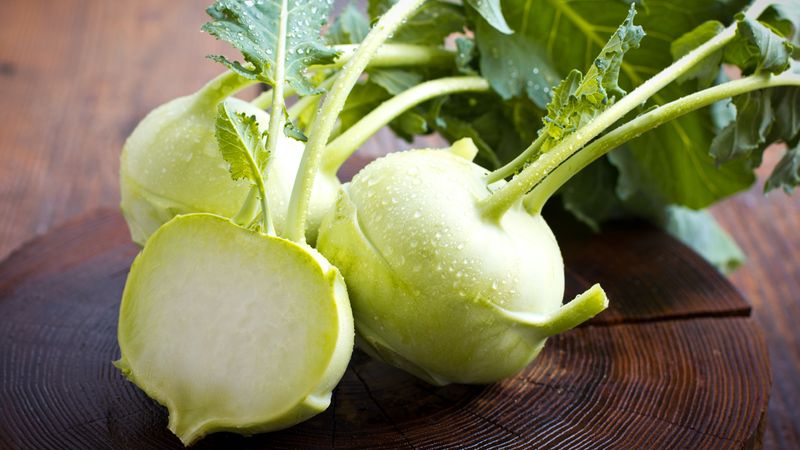
Kohlrabi, with its alien-like appearance, is a vegetable worth exploring. It’s rich in vitamin C and fiber, crucial for immune support and digestive health.
This bulbous vegetable also contains potassium, promoting heart health, and antioxidants that may protect against disease. Its mild, sweet flavor and crunchy texture make it perfect for salads and slaws.
Kohlrabi’s unique appearance and nutritional profile make it a fun and healthy addition to any meal plan.
Leave a comment